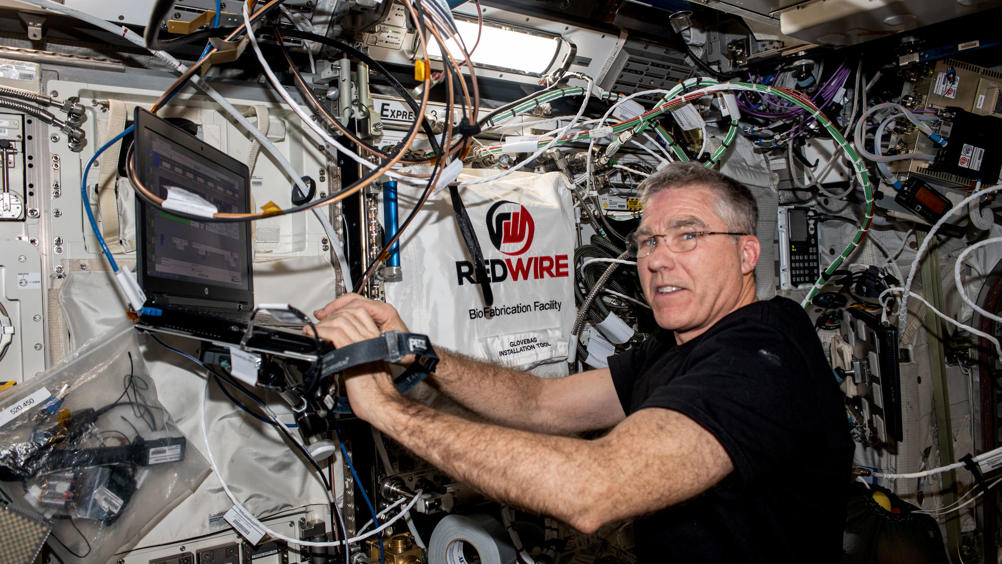ISS dust found to be highly contaminated with chemicals
Dust collected from the air filters onboard the International Space Station was found to have higher concentrations of potentially dangerous chemicals than average homes on Earth.

In a new study conducted by the University of Birmingham in partnership with NASA’s Glenn Research Centre, scientists analysed a sample of dust from air filters within the ISS. The team found levels of organic contaminants which were higher than the median values found in US and Western European homes.
Contaminants found in the ‘space dust’ included polybrominated diphenyl ethers (PBDEs), hexabromocyclododecane (HBCDD), ‘novel’ brominated flame retardants (BFRs), organophosphate esters (OPEs), polycyclic aromatic hydrocarbons (PAH), perfluoroalkyl substances (PFAS), and polychlorinated biphenyls (PCBs). The work is published in Environmental Science and Technology Letters.
“Our findings have implications for future space stations and habitats, where it may be possible to exclude many contaminant sources by careful material choices in the early stages of design and construction,” said study co-author Professor Stuart Harrad, from the University of Birmingham.
“While concentrations of organic contaminants discovered in dust from the ISS often exceeded median values found in homes and other indoor environments across the US and Western Europe, levels of these compounds were generally within the range found on Earth.”
Register now to continue reading
Thanks for visiting The Engineer. You’ve now reached your monthly limit of news stories. Register for free to unlock unlimited access to all of our news coverage, as well as premium content including opinion, in-depth features and special reports.
Benefits of registering
-
In-depth insights and coverage of key emerging trends
-
Unrestricted access to special reports throughout the year
-
Daily technology news delivered straight to your inbox










UK Enters ‘Golden Age of Nuclear’
The delay (nearly 8 years) in getting approval for the Rolls-Royce SMR is most worrying. Signifies a torpid and expensive system that is quite onerous...